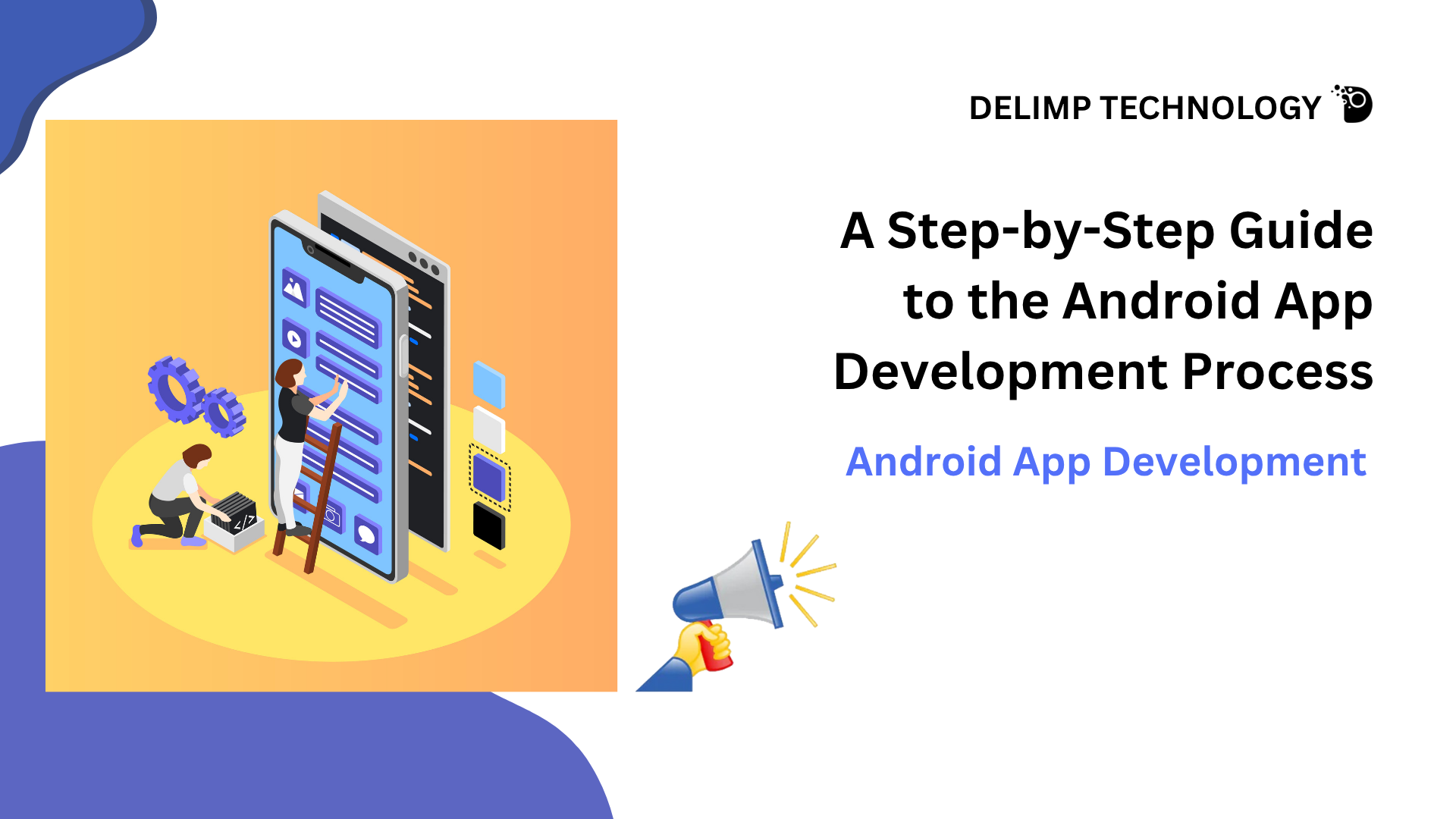In today’s digital world, mobile apps are everywhere. From ordering food to booking a cab, these applications make life easier. If you’re planning to build an Android app, it’s important to understand the full process. Writing code is not the only thing involved in developing Android applications. It involves planning, designing, testing, and more. This blog will guide you through each step of the Android app development process clearly.
1. Strategy Development
Before you start building your app, you need a plan. This is where strategy development comes in. In this step, ask yourself:
- What problem will your application solve?
- Who will use it?
- What features should it have?
- What are your goals for the application?
A good strategy gives your project direction. For instance, if you’re developing a food delivery app, your strategy might emphasize quick delivery, real-time tracking, as well as an intuitive layout for nearby clients.
2. Analysis and Planning
Now that you have a strategy, it’s time to get into the details. Planning helps you avoid delays, budget problems, and confusion during development. In this step, you:
- Define the app’s main features
- Choose your tech stack (like Java or Kotlin for coding)
- Set a timeline and budget
- Create a roadmap for the project
You can get it planned with us, as we are one of the best Android app development agencies in the UAE, ensuring it meets all Play Store guidelines for a smooth and successful launch.
3. UI/UX Design
Design is one of the most important parts of an app. A well-designed application is easy to use and looks great.
- UI (user interface) is how it looks, including buttons, colors, fonts, and layouts.
- UX (user experience) is how the application works and how users move through it and interact with it.
Create prototypes and wireframes using design software such as Adobe XD or Figma. Similar to plans, these depict how it will appear and function.
Best Practices:
- Keep it simple and clean
- Use familiar icons and navigation
- Make sure it’s easy to use for everyone
4. App Development
Now it’s time to build it. This is the stage where the actual coding happens. There are two main parts:
- Frontend: What users see (screens, buttons, forms)
- Backend: What happens in the background (data storage, server communication)
Use Android Studio to write and test your code. The current language for Android applications is Kotlin; however, Java is also widely used.
5. Application Testing
Testing makes sure it works well and is free of bugs. Types of testing include
- Functionality Testing: Do all features work?
- User Testing: Is the application easy to use?
- Performance Testing: Does it run smoothly?
- Security Testing: Is user data safe?
- Device Testing: Does it work on different phones and screen sizes?
You can use tools like Firebase Test Lab or manually test it on real devices.
6. Deployment
After testing, your app is ready to go live. Now you have to check how to get it to open on the Google Play Store:
- Create a Google Play Developer Account
- Upload the APK or AAB file
- Add application details (name, description, screenshots)
- Choose pricing and countries
- Submit for review and publish
A successful deployment helps your app reach users faster and creates a strong first impression.
7. Support and Performance Monitoring
Your job isn’t over after launch. Apps need regular updates and support to stay successful. What to do after deployment:
- Track performance using tools like Firebase Analytics
- Fix bugs and improve features
- Update your application to support new Android versions
- Listen to user feedback and keep improving
Regular support, along with functionality monitoring, is necessary to keep your software usable and competitive.
Final Thoughts
Developing an Android app is a journey with many steps. Delimp Technology is a leading Android app development company that helps businesses choose the right tools and technologies for efficient and scalable applications. Every stage is crucial, from designing and planning to testing and launching. By following this step-by-step guide, you can create an app that not only works well but also gives users a great experience.
Frequently Asked Questions (FAQ’s)
1. How much time does it require to create an app for Android?
Ans: The level of detail of the program determines how long it takes to develop. A straightforward application may be finished in one to three months, but a more complex one may take six months or more. The timing is also impacted by planning, design, and testing.
2. Which Programming Language is ideal for creating Android Apps?
Ans: Due to its modernity, security, and complete Google support, Kotlin has become the language of choice for Android applications. However, Java is also widely used and still supported.
Q3. Do I need to test my App on different devices?
Ans: Yes. Testing on multiple devices with different screen sizes and Android versions ensures that it works well for all users. This is called device compatibility testing.
Q4. Can I update my Application after it’s published?
Ans: Absolutely! You can and should update it regularly to fix bugs, add new features, and support the latest Android versions.





